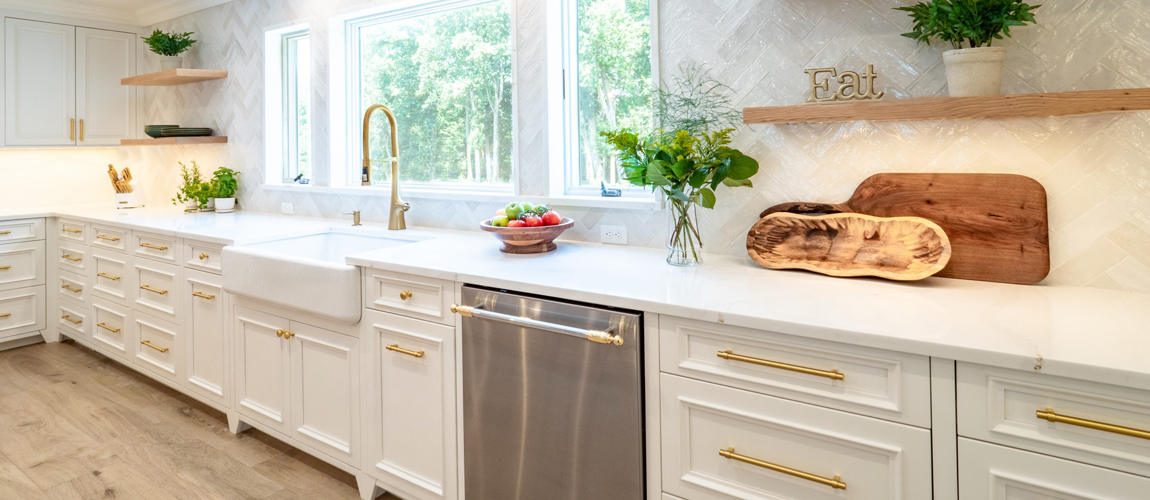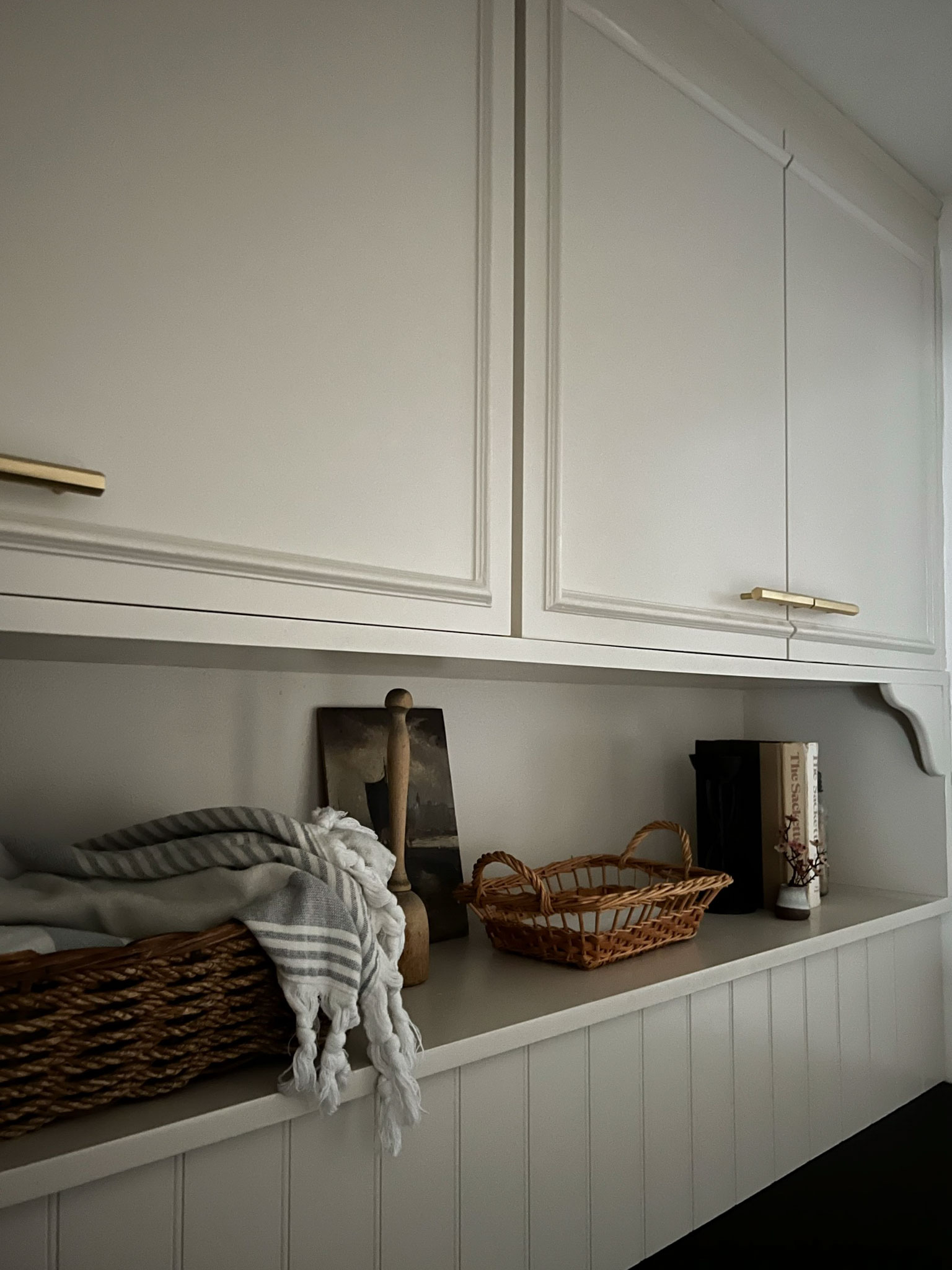When it comes to enhancing the beauty of your home, decorative molding for cabinet doors offers a simple yet impactful solution. As an interior design enthusiast, I’ve spent years exploring different ways to elevate spaces, and decorative molding stands out as a versatile and elegant option. In this comprehensive guide, we’ll delve into everything you need to know about decorative molding, from styles and materials to installation tips and maintenance. Grab a cup of coffee, and let’s dive in!
What is Decorative Molding?
Decorative molding refers to the ornamental elements added to various surfaces, particularly cabinetry, to enhance their visual appeal. It serves both aesthetic and functional purposes, adding depth and character to cabinets while also providing protection against wear and tear.
Key Features of Decorative Molding
- Adds elegance and charm
- Boosts property value
- Offers a variety of styles and materials
- Can be customized to fit any design scheme
Types of Decorative Molding for Cabinet Doors
Understanding the various types of decorative molding will help you select the right one for your home. Here’s a closer look at popular types:
1. Crown Molding
Crown molding is typically installed at the junction between the top of the cabinet and the ceiling. It adds height and elegance, making your cabinets appear more luxurious.

Benefits of Crown Molding
- Creates an illusion of higher ceilings
- Perfect for traditional and modern designs
- Available in numerous styles and sizes
2. Base Molding
Base molding, also known as baseboards, is placed at the bottom of the cabinet. It serves to cover the gap between the floor and the cabinet, providing a finished look.

Benefits of Base Molding
- Protects the cabinet from damage
- Enhances the overall aesthetic of the room
- Can be matched with other moldings in the room
3. Trim Molding
Trim molding is a versatile option that can be added to the edges or corners of cabinets. It provides a tidy finish and can be styled to complement existing decor.

Benefits of Trim Molding
- Adds detail and texture
- Customizable to fit any cabinet style
- Available in various materials and finishes
4. Decorative Appliques
These are three-dimensional embellishments that can be added to flat surfaces of cabinets for a more dramatic effect. They come in various shapes and designs.

Benefits of Decorative Appliques
- Create focal points on cabinet doors
- Enhance the personality of the cabinetry
- Available in numerous styles and finishes
Choosing the Right Molding for Your Cabinet Doors
Choosing the right decorative molding involves considering several factors, including your design style, the size of the cabinets, and the overall aesthetic of your space. Here are some tips:

1. Consider Your Home’s Design Style
Your home’s architecture will influence your choice. For example, traditional homes might benefit from ornate crown molding, whereas modern styles may call for sleek, minimalist designs.
2. Assess Your Cabinet Size
Large cabinets can handle more elaborate moldings, while smaller cabinets may look better with simpler designs. Always ensure that the molding complements rather than overpowers your cabinetry.

3. Material Matters
Different materials provide different aesthetics and durability. Here’s a comparison of common molding materials:
| Material | Pros | Cons |
|---|---|---|
| Wood | Classic look, durable, can be painted or stained | Can warp with humidity, more expensive |
| MDF (Medium Density Fiberboard) | Cost-effective, easy to paint, stable | Less durable than wood, can sag over time |
| Polyurethane | Lightweight, moisture-resistant, easy to install | Less traditional look, can be less durable |
| Plaster | Highly customizable, luxurious finish | Heavy, expensive, can crack |

Installation of Decorative Molding
Installing decorative molding can be a DIY project if you’re handy, but knowing whether to hire a professional can save time and ensure quality. Here’s a step-by-step guide to installing molding on cabinet doors.
Tools and Materials Needed
- Decorative molding of choice
- Miter saw or hand saw
- Wood glue or adhesive
- Ruler and measuring tape
- Paint or stain (if applicable)
- Clamps
- Sanding block
- Primer (optional)
- Paintbrush or roller
Step-by-Step Installation Guide
- Measure the cabinet doors to determine the length of molding needed.
- Cut the molding at 45-degree angles for corners using a miter saw.
- Sand the edges of the cut pieces to smooth any rough spots.
- Apply wood glue to the back of the molding.
- Press the molding firmly onto the cabinet and secure it with clamps.
- Allow the adhesive to dry for the recommended time.
- If desired, paint or stain the molding to match the cabinetry.
Tips for a Professional Finish
- Ensure all cuts are precise for a seamless look.
- Use clamps to hold the molding in place while the adhesive dries.
- Fill any gaps with caulk or wood filler for a polished finish.
Maintaining Your Decorative Molding
To keep your decorative molding looking its best, regular maintenance is key. Here are some tips:
Cleaning Your Molding
Use a soft cloth or feather duster to remove dust regularly. For a deeper clean, a mixture of mild soap and water can be used, but always dry the area afterward to prevent moisture damage.
Inspecting for Damage
Periodically, check the molding for signs of wear or damage. Address any issues promptly to avoid costly repairs down the line.
Touching Up Paint or Stain
If you notice areas where the paint or stain has chipped, a quick touch-up with a brush will keep your molding looking fresh.
Pros and Cons of Decorative Molding
Like any design element, decorative molding has its benefits and drawbacks. Here’s a breakdown:
Pros
- Enhances the beauty and character of cabinetry.
- Increases property value and appeal.
- Offers a variety of styles, materials, and customization options.
- Can be a meaningful DIY project.
Cons
- Quality materials can be expensive.
- Installation may require a skill set for professional results.
- Maintenance is needed to retain appearance over time.
FAQs About Decorative Molding for Cabinet Doors
1. What is the best type of molding for kitchen cabinets?
The best type of molding for kitchen cabinets largely depends on your design style. Crown molding is popular for adding elegance, while base molding provides a seamless finish at the bottom.
2. Can I install decorative molding myself?
Yes, if you’re comfortable with basic tools and have a steady hand, you can install decorative molding as a DIY project. Just follow proper measurements and installation techniques.
3. How do I choose the right molding style?
Consider the overall design aesthetic of your home, the size of your cabinets, and the material that complements your existing decor. It should enhance rather than overpower the space.
4. Are there cost-effective options for decorative molding?
Yes, materials like MDF and polyurethane can be more budget-friendly while still offering beautiful aesthetics. Shopping at local hardware stores can yield affordable options.
5. How do I repair damaged molding?
For minor damage, fill gaps or chips with wood filler and touch up with paint. For more significant damage, you may need to replace the affected section entirely.
Conclusion
Decorative molding for cabinet doors is a fantastic way to elevate your home’s interior design while adding a touch of personal style. Whether you opt for the grandeur of crown molding or the subtle elegance of trim molding, the options are endless. As you embark on your decorative molding journey, remember to consider the style, material, and installation methods that best suit your home. Happy decorating!